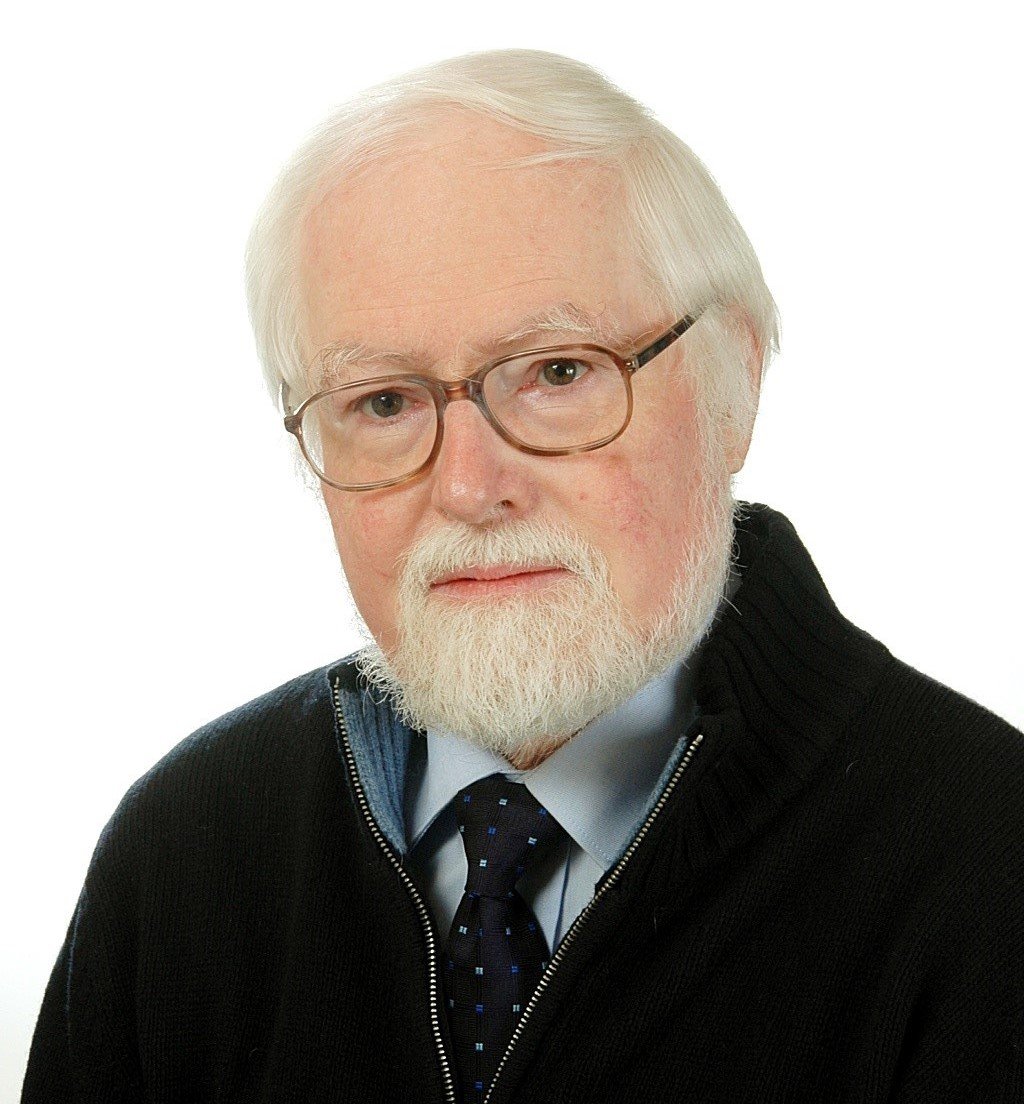Themed Issue in Honor of Prof. Maciej J. Nowak, for His Contributions to the Field of Photochemistry of Matrix-Isolated Species
A special issue of Photochem (ISSN 2673-7256).
Deadline for manuscript submissions: closed (31 May 2022) | Viewed by 21226
Special Issue Editors
Interests: photochemistry; molecular cryo- and biospectroscopy; quantum chemistry; molecular structure; photophysics; chemometrics
Special Issues, Collections and Topics in MDPI journals
Special Issue Information
Dear Colleagues,
This Special Issue of Photochem is dedicated to Professor Maciej J. Nowak, for his contributions to our understanding of the photochemistry of matrix-isolated species.

Professor Maciej J. Nowak was born and educated in Warsaw (Poland). He completed his MSc degree at the University of Warsaw (Department of Physics) in 1971 and started his work at the Department of Physics of the same University, in the Atomic and Molecular Optics Research Group of the Institute of Experimental Physics, where he worked on the study of molecular interactions (mainly H-bond) in solid phase and in liquids. He obtained his PhD in Physics (1979) under the supervision of Prof. Krystyna Szczepaniak at the Department of Biophysics of the same university. In his doctoral work and all along his career at the Institute of Physics of Polish Academy of Sciences (where he is still working), Prof. Nowak has revealed fundamental structural details and reactivity patterns of nucleic acid bases, initially in the gas phase, and most of the time using the matrix isolation method as the main research technique, together with infrared spectroscopy. Prof. Nowak was one of the pioneers in Europe on the use of matrix isolation spectroscopy to look at photochemistry reactions, in particular those involving nucleic acid bases and related compounds.
He has been awarded an Alexander von Humbodt fellowship that allowed him to spend two years (1981–1982) at the Department of Physical Chemistry in the research group of Prof. Werner A. P. Luck, after which he established a modern laboratory for matrix-isolation studies at the Institute of Physics PAS in Warsaw, which he has led since 1986. In his habilitation, Prof. Nowak focused on the determination of the structure of the most stable forms of the isolated nucleic acid bases: uracil, thymine, cytosine, and adenine isolated in the low-temperature matrix, publishing some of the most complete and seminal research on these chemical systems. In 2010, he obtained the title of Professor in Physics, starting to work as a full professor in the Institute of Physics PAS. In 2019, he retired but continued working part-time in the Institute.
Prof. Nowak has published 125 articles in the most prestigious scientific journals, where he has reported the results of his research. In one of his first articles (together with the group of Prof. William B. Person), he demonstrated, for the first time, the successful application of ab initio (HF) calculations to IR spectroscopy of heterocyclic molecules. Today, the calculations of vibrational spectra is a common procedure in spectroscopy research. Later on, as a result of a collaboration with Profs. Ludwik Adamowicz and Andrzej Leś, Prof. Maciej Nowak published a long series of articles where enthalpy differences between the tautomers of the nucleic acid bases and related compounds, some species being the products of photoexcitation of more stable precursors isolated in cryogenic matrices, were obtained. Additionally, in collaboration with Prof. Andrzej L. Sobolewski, a specialist of quantum chemical calculations of the excited states of the molecules, he presented new perspectives of photoreactivity in different chemical systems, including his alma mater substances, nucleic acid bases. During the last 20 years, a long-lasting and fruitful collaboration has been established between the groups of Prof. Nowak and Prof. Rui Fausto (University of Coimbra, Portugal), with the particular involvement of Drs. Leszek Lapinski (from Warsaw) and Igor Reva (from Coimbra). Particularly important results obtained from this collaboration were the identification of cytosine isomers and interconversion between cytosine isomers induced by UV or NIR irradiation, the investigation of the effects of NIR selective excitation of overtone vibrations of isolated flexible molecules leading to conformational changes, and the direct observation of different chemical processes taking place via the quantum mechanical tunneling effect. More recently, Prof. Nowak has also been interested in investigations of the influence of solid hydrogen matrix environments on the course of H-atom-transfer oxo → hydroxy and thion → thiol phototautomeric processes occurring (or not occurring) in oxo and thio compounds isolated in Ar and H2 matrices.
Although the home Institute of Prof. Maciej Nowak is not dedicated to education, he has been involved in teaching university students and has been engaged in the education of PhD students from his own laboratory, his Institute and from Warsaw PhD School. In his own words, “my passion is the experiment”, and during his whole career, he was actively engaged in constructing experimental equipment, preparing experiments, and working with experiments, usually with the support and help of Drs. Leszek Lapinski and Hanna Rostkowska, his long-standing co-workers (and good friends) at the Physics Institute PAS.
We are very pleased to give all colleagues and friends of Profesor Maciej J. Nowak the opportunity to celebrate his scientific career by contributing to this Special Issue dedicated to honoring his achievements in the field of photochemistry of matrix-isolated species.
Prof. Dr. Rui Fausto
Prof. Dr. Robert Kołos
Guest Editors
Manuscript Submission Information
Manuscripts should be submitted online at www.mdpi.com by registering and logging in to this website. Once you are registered, click here to go to the submission form. Manuscripts can be submitted until the deadline. All submissions that pass pre-check are peer-reviewed. Accepted papers will be published continuously in the journal (as soon as accepted) and will be listed together on the special issue website. Research articles, review articles as well as short communications are invited. For planned papers, a title and short abstract (about 100 words) can be sent to the Editorial Office for announcement on this website.
Submitted manuscripts should not have been published previously, nor be under consideration for publication elsewhere (except conference proceedings papers). All manuscripts are thoroughly refereed through a single-blind peer-review process. A guide for authors and other relevant information for submission of manuscripts is available on the Instructions for Authors page. Photochem is an international peer-reviewed open access quarterly journal published by MDPI.
Please visit the Instructions for Authors page before submitting a manuscript. The Article Processing Charge (APC) for publication in this open access journal is 1000 CHF (Swiss Francs). Submitted papers should be well formatted and use good English. Authors may use MDPI's English editing service prior to publication or during author revisions.
Keywords
- photochemistry
- matrix-isolated species
- infrared spectroscopy
- quantum chemical calculations
- nucleic acid bases





